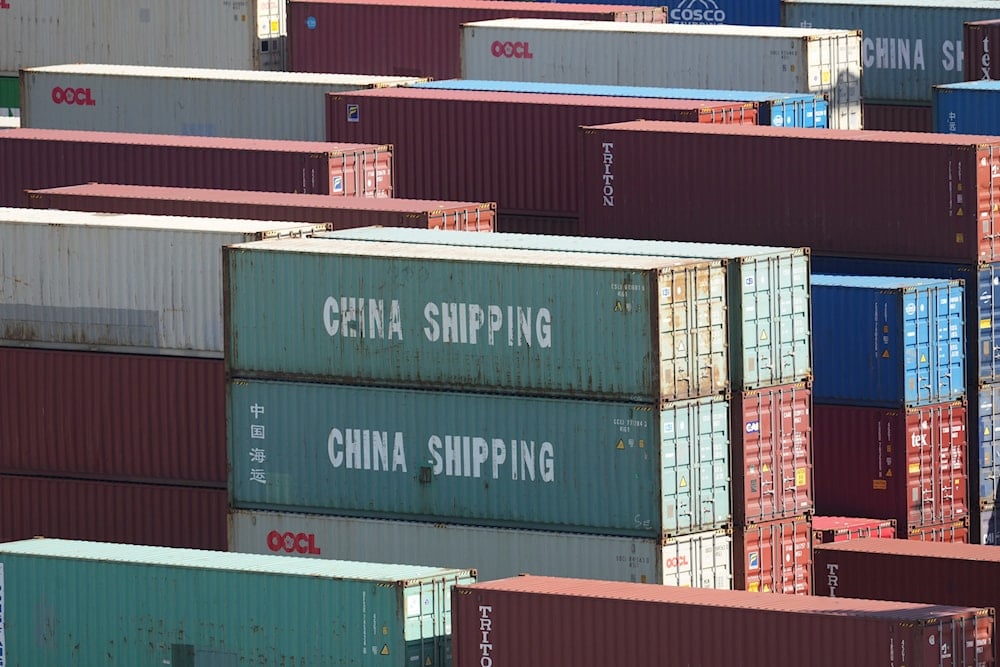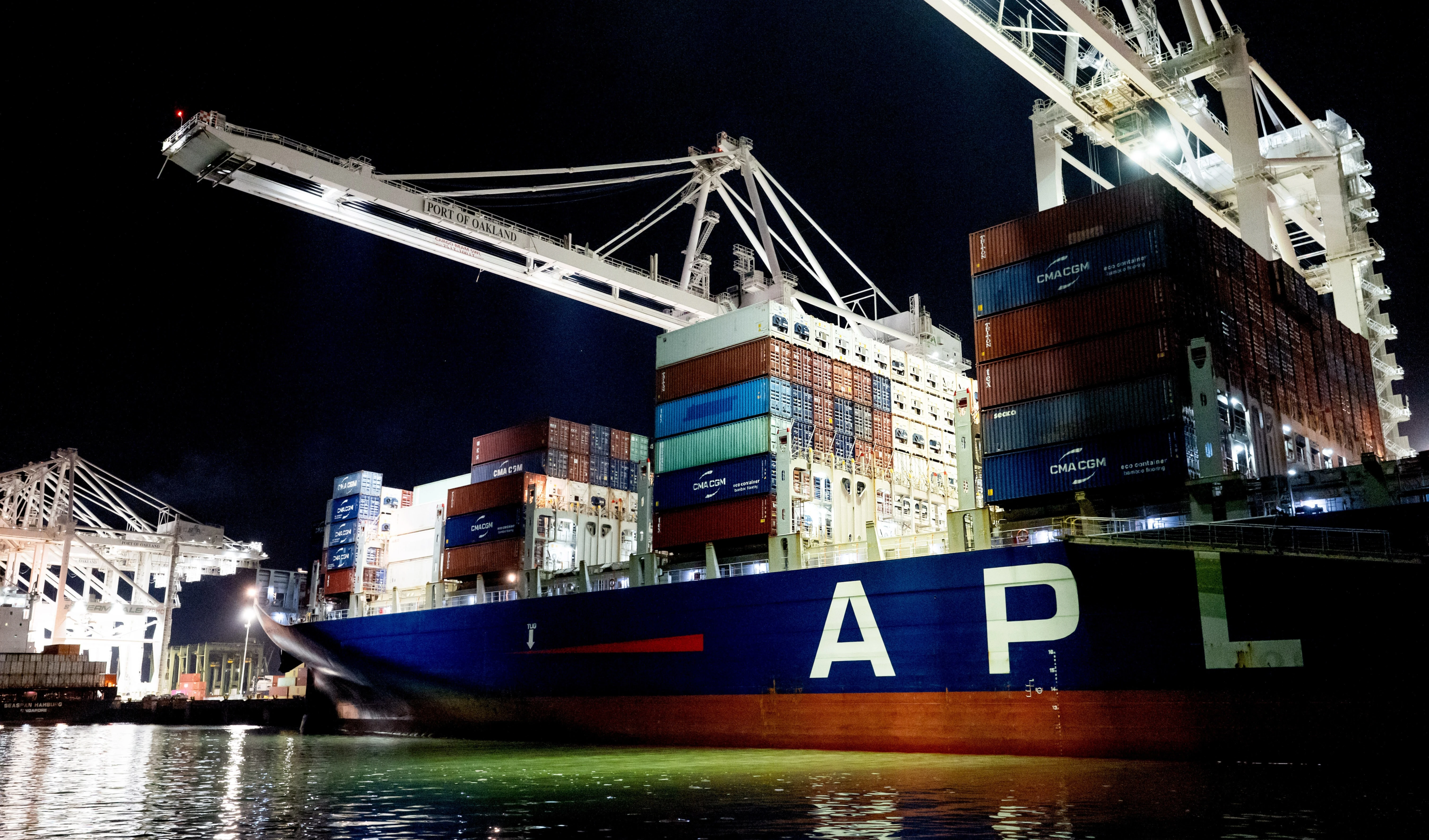China's exports beat growth expectations, hitting 5.9% in H1 2025
China's exports grew 5.9% in H1 2025, offsetting a 3.9% decline in imports. Despite a steep trade surplus drop early in the year, recovery was driven by export front-loading, diversified markets, and policy support.
-

China Shipping containers sit stacked up at the Long Beach Container Terminal on Tuesday, April 8, 2025, in Long Beach, Calif. (AP Photo/Damian Dovarganes)
China's trade performance in the first half of 2025 reflected a combination of resilience, strategic market shifts, and policy responses to global pressures. China's export growth reached 5.9% year-on-year, totaling $1.809 trillion, while imports fell 3.9% to $1.223 trillion, according to China customs data 2025. The resulting trade surplus underpinned a total foreign trade value of $3.032 trillion, a 1.8% increase from the same period in 2024.
Market diversification drives export growth
Amid escalating trade tensions, China pursued accelerated market diversification. ASEAN became the country's largest trading partner with $510.947 billion in trade, surpassing the European Union at $392.115 billion and the United States at $289.361 billion.
Trade with Belt and Road Initiative trade partners grew 3.5% year-on-year, reaching $1.571 trillion, while commerce with Regional Comprehensive Economic Partnership (RCEP) members rose 3.3% to $927.059 billion. These shifts signal China's strategic efforts to reduce reliance on Western markets and counter external shocks.
The private sector contributes, largely
For the first time, the number of foreign trade enterprises in China exceeded 600,000. A total of 628,000 companies were involved in imports and exports during the first half of 2025, 43,000 more than in the same period last year. Of these, 547,000 were privately owned, highlighting the role of the domestic private sector in sustaining trade momentum.
Commodity trends
Chinese rare earth exports surged by 11.9% year-on-year to 32,569.2 tonnes, though export revenue declined by 25.3% to $191.3 million, reflecting global price pressures. In June alone, China exported 7,742.2 tonnes of rare earth metals valued at $23.2 million.
Meanwhile, oil and gas imports to China showed mixed performance. Oil imports increased 1.4% to 279.38 million tonnes but cost 12% less than the previous year due to falling global prices, totaling $147.787 billion. June oil imports alone reached 49.888 million tonnes worth $24.208 billion.
Natural gas imports dropped 7.8% to 59.55 million tonnes, valued at $27.18 billion, a 15% decline in cost year-on-year. Coal imports fell 11.1% to 221.702 million tonnes, costing $17.078 billion.
Despite a sharp downturn in February, the cumulative January-February trade surplus of $170.52 billion outpaced the 2024 figure of $125.16 billion, suggesting the volatility was largely temporal. The data highlights both China's exposure to external economic shocks and its adaptability through diversification and policy shifts.

 3 Min Read
3 Min Read









